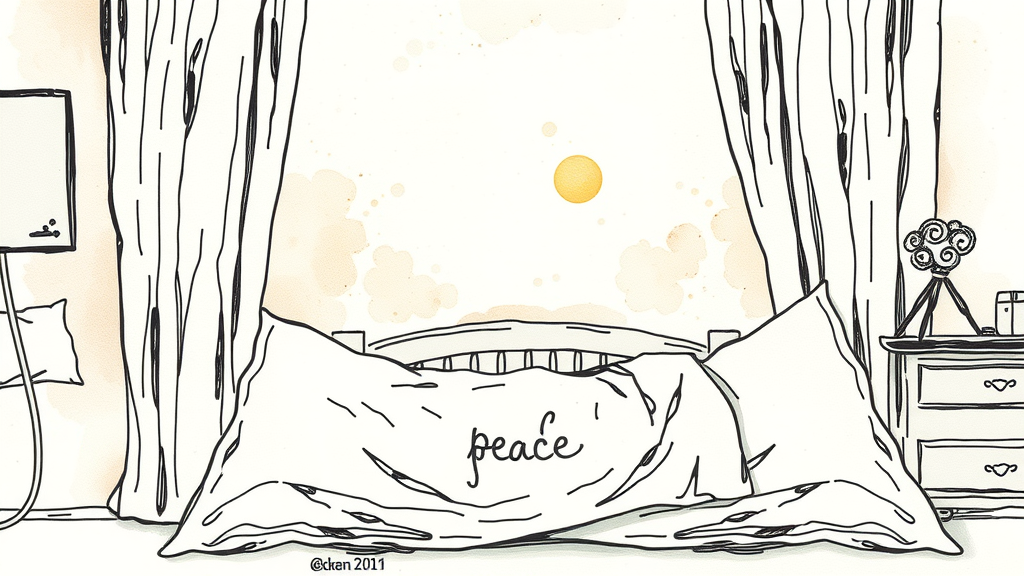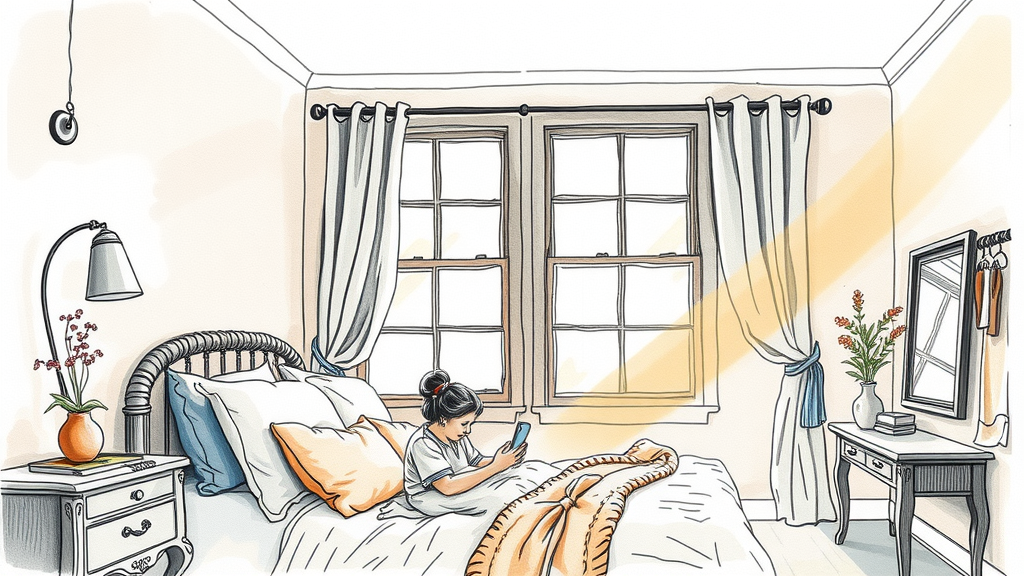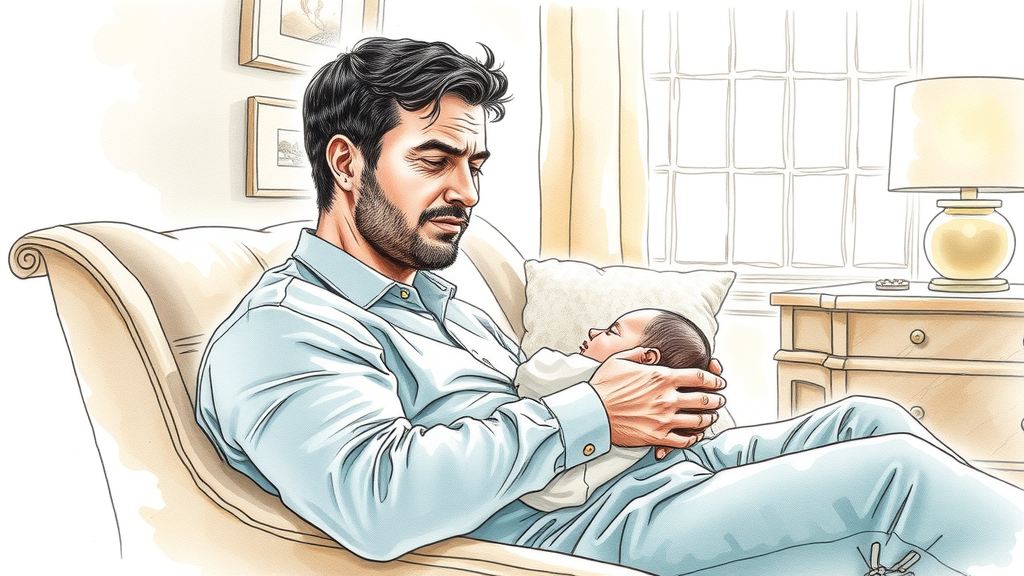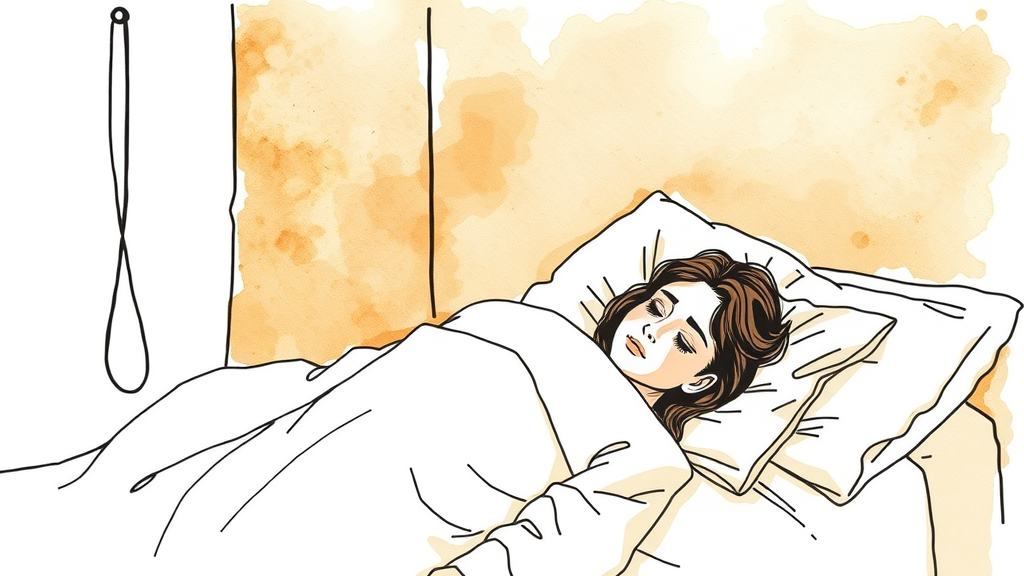· Don Schmidt · Guides · 7 min read
The Comprehensive Guide to CBTI for Shift Workers
Discover how Cognitive Behavioral Therapy for Insomnia (CBTI) offers effective, drug-free sleep treatment tailored for the unique challenges faced by shift workers.
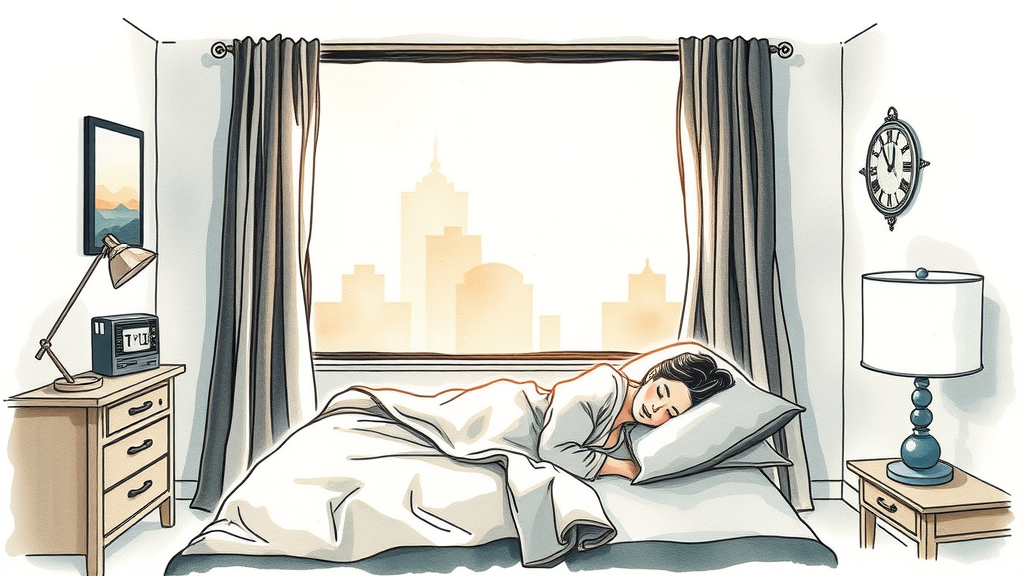
Navigating Sleep Challenges as a Shift Worker
Shift work, whether it’s night shifts, rotating schedules, or early mornings, presents a unique set of challenges for maintaining healthy sleep patterns. Our bodies are naturally wired to sleep during darkness and be awake during daylight, a rhythm known as the circadian clock. When work demands force us to override this natural inclination, the result is often sleep deprivation, fatigue, and even chronic insomnia. For many shift workers, the struggle to fall asleep, stay asleep, or feel rested becomes a daily battle, impacting not just their personal well-being but also their safety and performance at work.
While traditional approaches might involve medication, a growing body of evidence points towards a more sustainable and effective solution: Cognitive Behavioral Therapy for Insomnia, or CBTI. This guide will explore how CBTI, a powerful form of sleep therapy, offers a drug free sleep treatment specifically adapted to help shift workers reclaim their nights (and days) and achieve restorative sleep.
What is CBTI and Why is it Ideal for Shift Workers?
Before diving into its application for shift workers, it’s crucial to understand what What is CBTI entails. CBTI is a structured, evidence-based program that helps individuals overcome long-term sleep problems by addressing the thoughts, feelings, and behaviors that contribute to insomnia. Unlike sleeping pills, which offer temporary relief, CBTI equips individuals with tools and strategies for lasting change. It’s considered the gold standard for insomnia treatment due to its high success rates and its focus on sustainable solutions.
For shift workers, CBTI is particularly beneficial because it doesn’t just offer a one-size-fits-all approach. Instead, it provides a flexible framework that can be tailored to the demands of irregular schedules. Its principles help modify the environmental and behavioral factors that disrupt sleep, and it teaches individuals to manage the cognitive arousal that often accompanies the challenge of sleeping against one’s natural clock. This makes it an invaluable drug free sleep treatment for those whose work hours directly conflict with their body’s biological rhythms.
Core Components of CBTI Tailored for Shift Work
CBTI consists of several key components, each designed to address different facets of insomnia. When applied to shift work, these components are adapted to fit the unique circumstances:
Sleep Restriction Therapy (SRT): This counter-intuitive technique involves temporarily limiting the time spent in bed to the actual amount of time spent sleeping, even if it’s less than desired. For shift workers, this means identifying a consistent ‘sleep window’ on workdays and days off, even if it shifts. The goal is to consolidate sleep, making it more efficient and deeper. As sleep efficiency improves, the time in bed is gradually increased.
Stimulus Control Therapy (SCT): This component aims to re-associate the bed and bedroom with sleep and and only sleep. For shift workers, this might involve strict rules like: only go to bed when sleepy, use the bed only for sleep (and intimacy), get out of bed if you can’t sleep within 20 minutes, and maintain a regular sleep-wake schedule as much as possible, even on days off.
Cognitive Restructuring: Insomnia often involves maladaptive thoughts about sleep (‘I’ll never get enough sleep,’ ‘I’ll mess up at work if I don’t sleep now’). Cognitive restructuring helps identify and challenge these negative thoughts, replacing them with more realistic and helpful ones. For shift workers, this might involve reframing thoughts about irregular sleep or concerns about alertness during shifts.
Relaxation Techniques: Stress and anxiety are common impediments to sleep. CBTI incorporates various relaxation methods such as progressive muscle relaxation, diaphragmatic breathing, and mindfulness. These techniques help calm the mind and body, making it easier to fall asleep and return to sleep after waking.
Sleep Hygiene Education: This involves practical advice on environmental factors and daily habits that promote good sleep. For shift workers, this means optimizing their sleep environment (dark, quiet, cool), managing light exposure (using light therapy during waking hours and blocking light during sleep), optimizing meal times, and strategically timing caffeine and exercise.
Implementing CBTI Strategies as a Shift Worker

Adopting CBTI principles into a shift work lifestyle requires commitment and consistency, but the benefits are profound. Here are some actionable steps:
- Identify Your Primary Sleep Window: Despite rotating shifts, try to identify your longest, most consistent period for sleep. For instance, if you work nights, this might be immediately after your shift. Consistency, even within your irregular schedule, is key.
- Optimize Your Sleep Environment: Make your bedroom as dark, quiet, and cool as possible. Blackout curtains, eye masks, earplugs, and white noise machines are invaluable for daytime sleepers.
- Manage Light Exposure: Wear sunglasses on the way home after a night shift to minimize light exposure. Conversely, expose yourself to bright light when you need to be awake and alert. For more on this, consider Understanding Circadian Rhythms and Sleep.
- Strategic Napping: If naps are necessary, keep them short (20-30 minutes, a ‘power nap’) and time them strategically to avoid interfering with your main sleep period. Avoid long naps close to your main sleep attempt.
- Diet and Exercise Timing: Avoid heavy meals, excessive caffeine, and alcohol close to your sleep time. Exercise is beneficial, but strenuous activity too close to bed can be stimulating. More comprehensive advice can be found in Practical Tips for Better Sleep Hygiene.
- Seek Professional Guidance: While this guide provides an overview, working with a therapist trained in CBTI can provide personalized strategies and support, which is often crucial for navigating the complexities of shift work sleep issues and Managing Fatigue and Alertness in Demanding Professions.
Benefits of Drug-Free Sleep Treatment for Shift Workers
The appeal of CBTI lies not just in its effectiveness but also in its nature as a drug free sleep treatment. This is particularly important for shift workers who need to maintain alertness and cognitive function without the side effects often associated with sleep medications, such as grogginess or dependence. By addressing the root causes of insomnia, CBTI helps shift workers achieve:
- Improved Alertness and Performance: Better sleep leads to enhanced concentration, faster reaction times, and fewer errors during shifts.
- Enhanced Physical Health: Chronic sleep deprivation is linked to numerous health problems, including cardiovascular disease, diabetes, and obesity. CBTI helps mitigate these risks.
- Better Mental Well-being: Adequate sleep significantly reduces irritability, mood swings, and the risk of depression and anxiety.
- Greater Work-Life Balance: When sleep is less of a struggle, shift workers have more energy and mental clarity to engage in social activities and personal interests.
By empowering individuals with effective coping mechanisms and behavioral changes, CBTI offers a pathway to sustainable sleep health, transforming the lives of countless shift workers.
Frequently Asked Questions About CBTI for Shift Workers
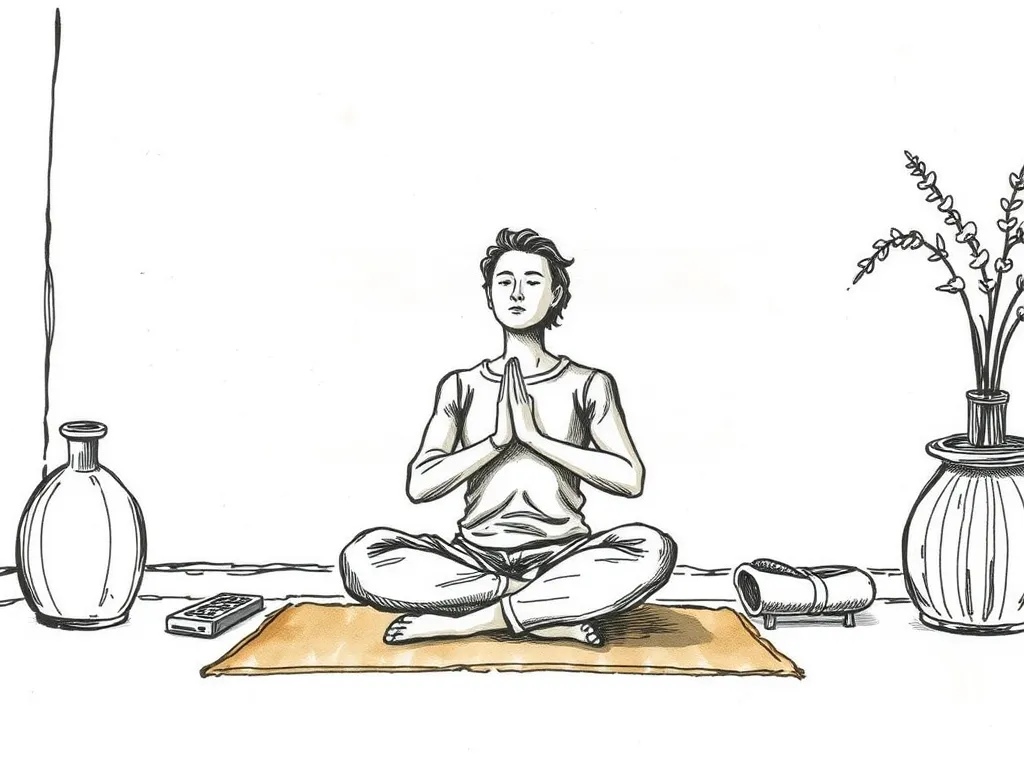
Q1: Can CBTI really help if my work schedule constantly changes?
A1: Yes, CBTI can be highly effective even with rotating schedules. The core principles are adaptable. While consistency is ideal, a CBTI therapist can help you develop strategies to manage sleep windows and maintain sleep hygiene, even with varying shifts. The focus shifts to optimizing sleep within your unique schedule rather than forcing a rigid routine.
Q2: How long does it take for CBTI to show results for shift workers?
A2: While individual results vary, many people start to see improvements within 4 to 8 weeks of consistent application of CBTI principles. For shift workers, whose challenges are often more complex, it might take a bit longer, but sustained effort typically leads to significant and lasting improvements in sleep quality and daytime functioning.
Q3: Do I need to see a therapist for CBTI, or can I do it on my own?
A3: While self-help resources and apps based on CBTI principles are available, working with a qualified CBTI therapist is generally recommended, especially for complex cases like shift work sleep disorder. A therapist can provide personalized guidance, adapt strategies to your specific schedule, and help you overcome challenges more effectively than a self-guided approach.
Q4: Will CBTI completely eliminate my need for naps as a shift worker?
A4: Not necessarily. For some shift workers, strategic napping remains a necessary component of managing fatigue and maintaining alertness, especially during long or demanding shifts. CBTI focuses on optimizing the main sleep period and ensuring any naps are restorative and don’t interfere with night-time sleep, rather than eliminating them entirely.
Assess Your Sleep Quality Today
Take our My Sleep Health Score assessment to get personalized insights about your sleep patterns and discover how CBT-I can help you achieve better sleep.

Don Schmidt
15+ years of experience in sleep therapy and Cognitive Behavioral Therapy for Insomnia (CBT-I). Passionate about connecting individuals struggling with sleep disorders to evidence-based, non-medical treatment solutions. Author of hundreds of articles and comprehensive guides on sleep health, CBT-I techniques, and overcoming insomnia. When not helping clients achieve better sleep, you can find me hiking with my family and dogs or enjoying a good book.
Ready to connect with a provider?
Allow us to connect you with a provider who can help.
